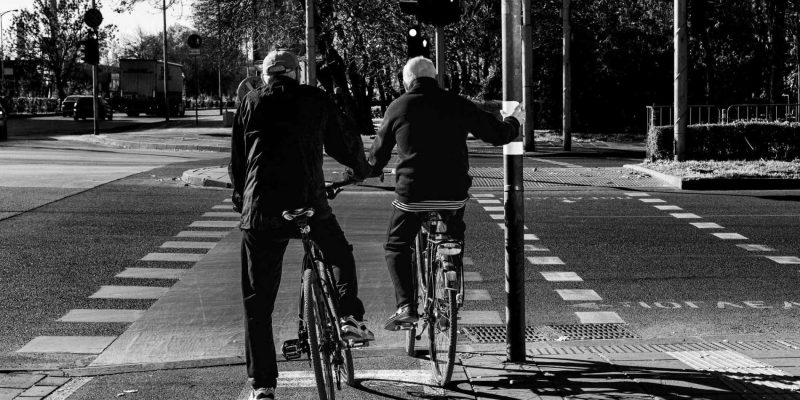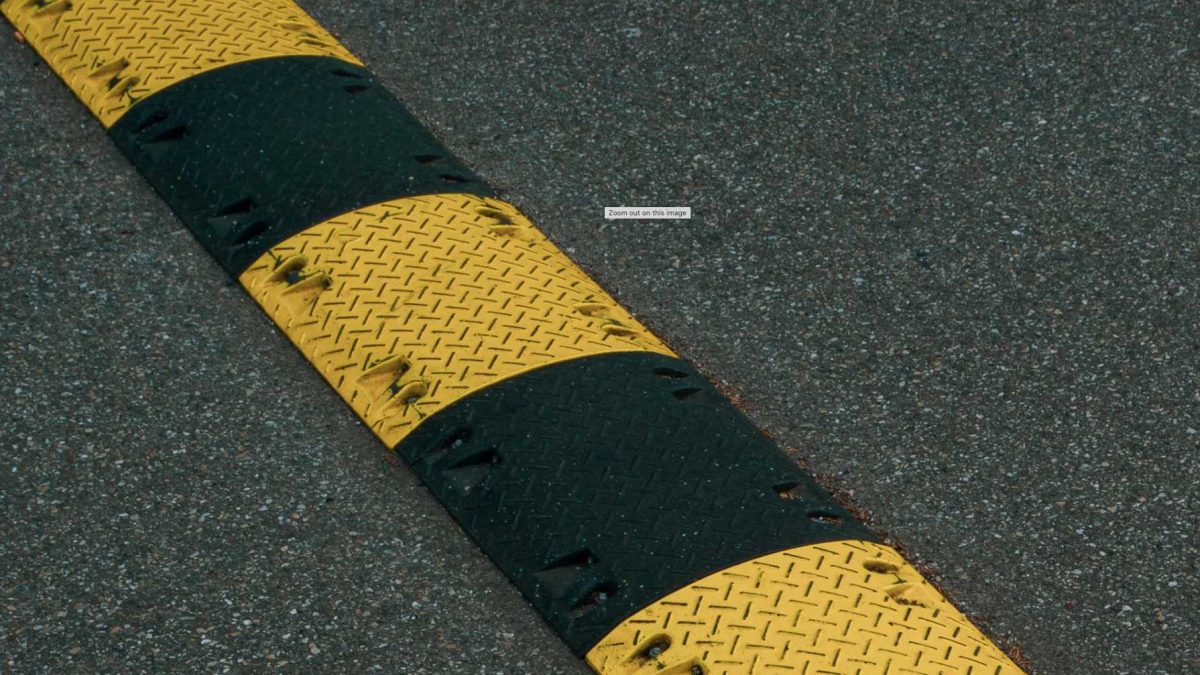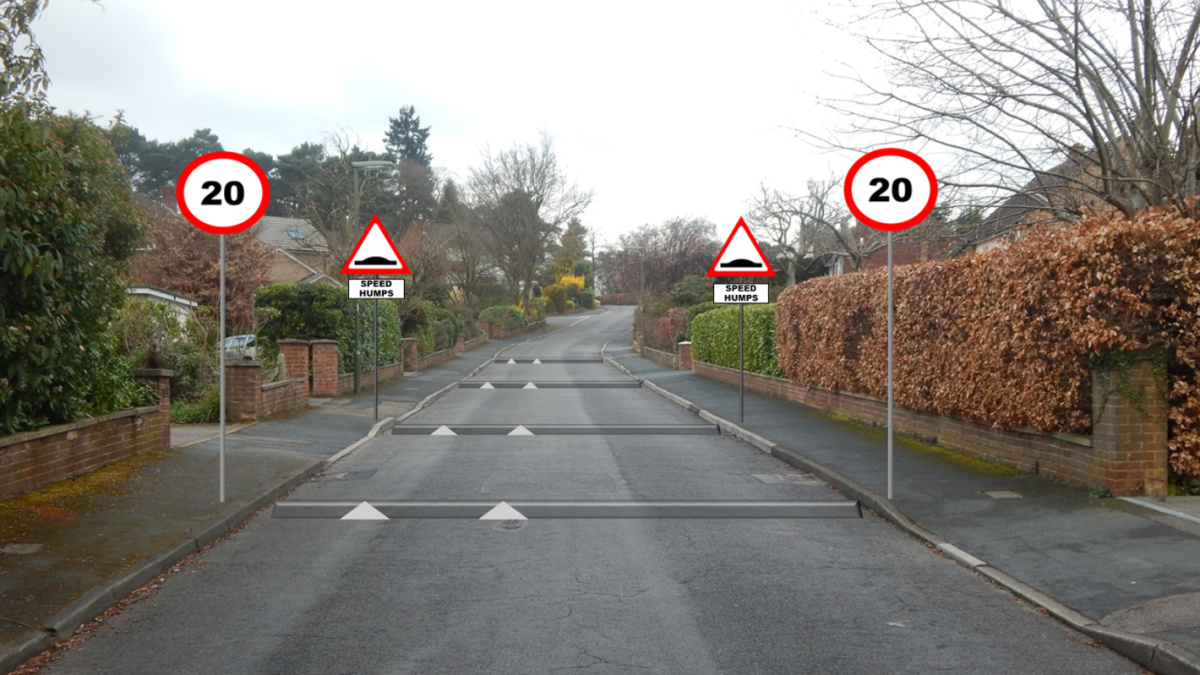
Inclusive Road Safety: Are Bump Strips the Solution?
The use of bump strips has been a topic of much debate. As an expert in the discourse surrounding urban planning and traffic management, I’m compelled to argue that while bump strips serve an undeniable purpose in controlling vehicle speeds, their role in an inclusive road safety strategy remains questionable. It’s essential to evaluate whether these measures truly serve the diverse needs of all road users or if they inadvertently prioritise one group’s safety at the expense of another’s.
The Limited Scope of Bump Strips
Bump strips, typically installed to reduce vehicle speeds, indeed have a track record of effectiveness in certain contexts. However, their utility is predominantly limited to motor vehicles. For cyclists, motorcyclists, and even pedestrians, the presence of bump strips can introduce new hazards on the road. Cyclists, for example, find bump strips particularly challenging as they can unsettle the bike, leading to discomfort or, worse, loss of control. For motorcyclists, the jolt can be dangerous, especially in wet conditions. Pedestrians, particularly those with mobility issues, may also find areas with bump strips difficult to navigate, especially when they protrude into crossings or walkways.
Rethinking Bump Strips for Broadened Safety
If we are to truly champion inclusive road safety, our approach must be holistic, considering the impacts on all users. This necessitates a rethinking of bump strips to ensure they contribute positively to the safety of every road user. Innovations in design could include materials that provide necessary feedback to drivers without the abrupt disruption caused by traditional models. Additionally, the positioning and profile of bump strips could be refined to mitigate any adverse effects on cyclists and motorcyclists, ensuring that these measures do not transform from minor annoyances into serious safety risks.
Integrating Technology for Enhanced Effectiveness
With advances in technology, there are now more opportunities than ever to integrate smarter, more adaptable traffic calming solutions. For instance, dynamic bump strips that can adjust their prominence based on real-time traffic conditions or that are more visible at night can enhance safety without compromising the accessibility or comfort of the road for all users. Such technological solutions can ensure that bump strips are only as intrusive as absolutely necessary, adapting to different traffic volumes and conditions to minimise their impact on non-vehicle road users.
A Call for Comprehensive Evaluation
Implementing bump strips without a thorough evaluation of their impact on all road users is not just an oversight – it’s a failure in our duty to ensure equitable road safety. We must engage with local communities, including cyclists, motorcyclists, and disability advocacy groups, to gather broad feedback on these traffic calming measures. Only through inclusive consultation and innovative thinking can we design bump strips that truly enhance safety for everyone.
As we continue to develop our urban landscapes and traffic management strategies, it is paramount that we consider the inclusivity of our road safety measures. Bump strips, like any traffic calming measure, should not be implemented in isolation but as part of a comprehensive, thoughtful approach to road safety that prioritises the well-being of all citizens. Let us not settle for solutions that serve the majority at the expense of the minority. Instead, let’s strive for innovations that bring us closer to truly inclusive road safety.
The Impact of Bump Strips on Vulnerable Road Users
In the vast arena of traffic management, the deployment of bump strips is touted for its efficacy in moderating vehicle speeds, particularly in zones where pedestrian safety is paramount. However, as an expert in road safety, I must critically examine whether the implementation of these measures is genuinely inclusive or inadvertently detrimental to vulnerable road users such as cyclists and motorcyclists. The question is not merely of effectiveness but of equity and justice in how we design our public spaces.
Assessing the Risks to Non-Vehicle Users
The fundamental design of bump strips, intended to provide a tactile warning to motorists, can pose significant challenges to cyclists and motorcyclists. For cyclists, traversing bump strips can be a jarring experience. The abrupt changes in road texture can lead to discomfort, potential loss of balance, and a general feeling of unsafety, which could deter cycling – a mode of transport we should be encouraging in our increasingly congested urban centres. For motorcyclists, these strips can be outright hazardous, particularly in wet conditions where the risk of slipping increases dramatically.
A Design Flaw in Urban Planning
This oversight in the design and placement of bump strips highlights a broader issue within our urban planning strategies. Are we designing our roads with all users in mind, or are we prioritizing the convenience of car drivers over the safety of others? The presence of bump strips that disrupt the safe travel of cyclists and motorcyclists suggests a significant bias in our approach to road safety. This bias not only undermines our efforts to promote more sustainable forms of transportation but also fails to protect those who are most vulnerable on our roads.
Calling for a More Inclusive Approach
It is imperative that we adopt a more inclusive approach in the design and implementation of traffic calming measures. Innovations in bump strip design could include alternative materials that provide necessary tactile feedback to drivers without causing undue disruption to cyclists and motorcyclists. Furthermore, the strategic placement of these strips should be reconsidered, ensuring that they do not intersect commonly used bike paths or motorcycle lanes.
Engagement and Advocacy for Change
To rectify these issues, engagement with the cycling and motorcycling communities is crucial. By involving these groups in the planning process, we can gain valuable insights into their specific needs and experiences, which should inform the development of more appropriate traffic calming solutions. Advocacy for policy changes that require the consideration of all road users in traffic management decisions is also vital. Only through collective action and policy advocacy can we ensure that our roads become safer and more accommodating for everyone.
The discussion around bump strips and their impact on vulnerable road users is not just about road safety—it’s about civil rights. Every road user has the right to safe passage, irrespective of their mode of transport. As we continue to evolve our traffic management strategies, let us ensure they are rooted in the principles of equity, inclusivity, and safety for all. It is not enough to reduce vehicle speeds; we must also safeguard the dignity and safety of every individual on our roads












